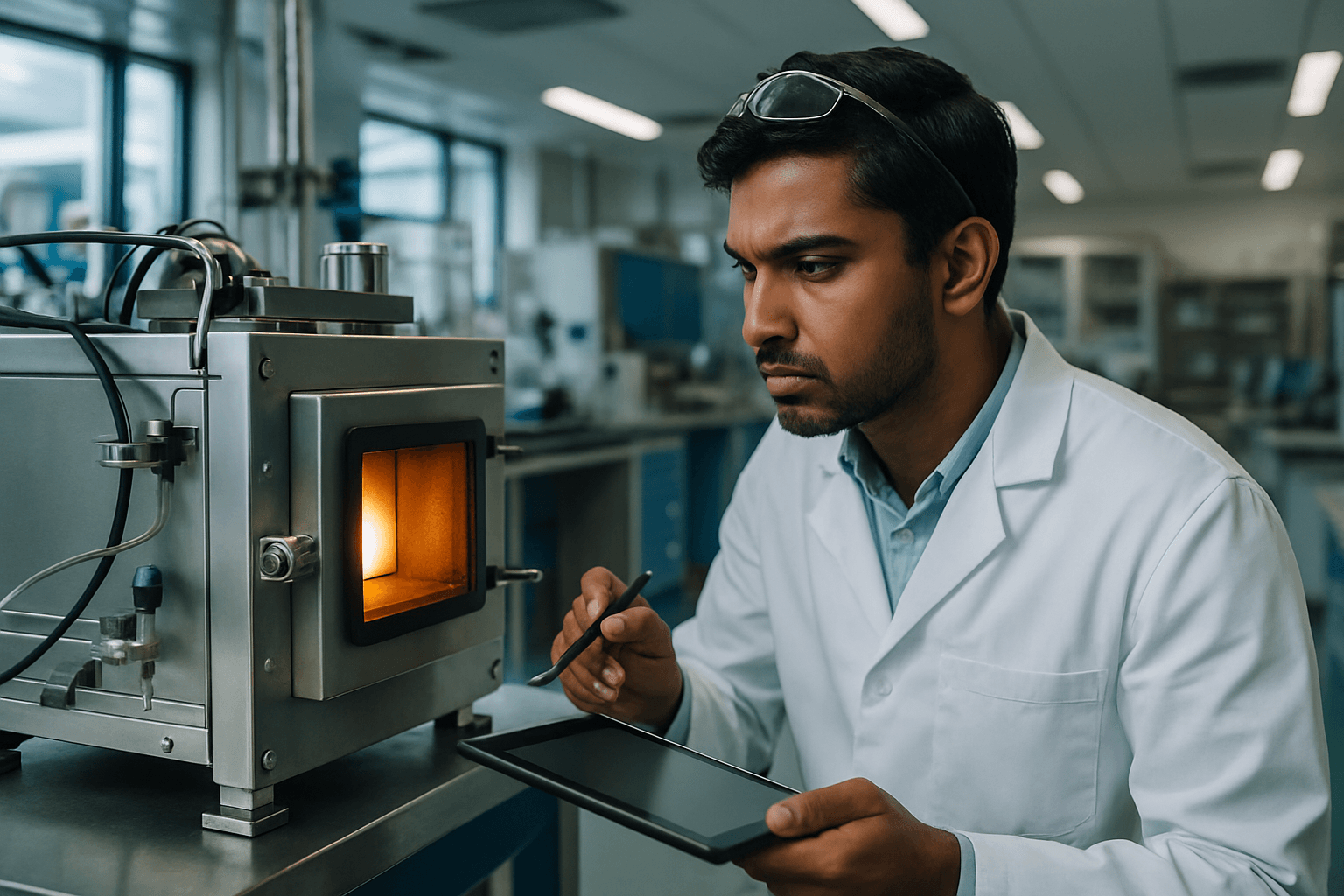The burgeoning global demand for lithium-ion batteries, powering everything from smartphones to electric vehicles, casts a long shadow: how to sustainably manage the monumental wave of spent batteries. Traditional recycling methods often wrestle with high energy consumption, extensive chemical use, and significant waste generation. However, a groundbreaking “two-step flash-heating” process developed by researchers at Rice University promises a radical shift, dramatically cutting chemical use by 95% and offering an acid-free, energy-efficient, and rapid alternative to conventional battery recycling.
The Growing Imperative for Sustainable Battery Recycling
As the world electrifies, the sheer volume of end-of-life (EOL) lithium-ion batteries is set to skyrocket, with projections indicating over 15 million metric tons of used batteries accumulating by 2030 and potentially millions of tons annually by 2045. Current battery recycling infrastructure struggles to keep pace, with only 5-10% of lithium-ion batteries globally being recycled. This creates substantial environmental and economic challenges.
Current Challenges in Lithium-Ion Battery Recycling
Existing recycling approaches, primarily pyrometallurgy and hydrometallurgy, face several hurdles:
- Energy Intensity: Pyrometallurgy involves smelting at temperatures exceeding 1000°C, which is highly energy-intensive and can lead to the loss of valuable materials like lithium in slag.
- Chemical Consumption and Wastewater: Hydrometallurgy relies on strong acids and chemical solutions to leach metals, producing significant amounts of wastewater and potentially hazardous byproducts.
- Inefficiency and Cost: Many current technologies recover only around 70% of the lithium from used batteries, leaving valuable materials unutilized. The processes can be costly, with transport alone accounting for up to 70% of total recycling costs in some regions.
- Safety Risks: Lithium-ion batteries contain flammable electrolytes, posing safety risks such as thermal runaway during mechanical processing.
The need for a more sustainable, cost-effective, and efficient recycling method that minimizes environmental impact is urgent.
Unpacking the Two-Step Flash Joule Heating-Chlorination and Oxidation (FJH-ClO) Process
At the forefront of this innovation is the Flash Joule Heating-Chlorination and Oxidation (FJH-ClO) process, pioneered by a research team at Rice University, led by Professor James Tour. This method presents an acid-free, energy-saving alternative that rapidly separates critical metals from spent lithium-ion batteries. Their findings, published in Advanced Materials, highlight a pathway to holistic material recovery.
How the FJH-ClO Method Works
The core of this breakthrough lies in a precise, two-step thermal and chemical treatment:
- Initial Flash Heating with Chlorine Gas: In the first step, battery materials are subjected to brief, intense heating with chlorine gas. This rapid heating, often achieved through pulsed DC flash Joule heating, elevates the “black mass” (the combined cathode and anode waste) to temperatures exceeding 2100 Kelvin (approximately 3,320°F) in mere seconds. This extreme, ultrafast heating effectively breaks down the battery components, including the tough solid electrolyte interphase (SEI) layer and reduces the oxidation state of metal compounds, making them far easier to process.
- Second Heating in Air: Following the chlorination step, the materials undergo a second heating phase in air. This transforms most of the transition metals into forms that can be easily separated from lithium. A key advantage is that lithium does not readily form an oxide in this process, remaining as lithium chloride, which can then be simply extracted using water.
This controlled, rapid heating, coupled with specific gaseous reactions, significantly enhances the leaching kinetics—meaning the metals dissolve much faster and more completely than with traditional methods.
Remarkable Benefits: Cutting Chemicals, Time, and Costs
The FJH-ClO process offers a suite of impressive advantages that could redefine battery recycling:
95% Reduction in Chemical Use
One of the most significant environmental and economic benefits is the drastic reduction in chemical reagents. The method reduces the consumption of concentrated hydrochloric acid by approximately 87% compared to hydrometallurgical methods. The overall chemical usage can be cut by an astonishing 95% compared to existing techniques, providing an acid-free alternative for reclaiming valuable materials.
Faster Processing and Higher Yields
The speed of the FJH-ClO process is transformative. It takes less than 20 minutes to dissolve the critical metals from the “black mass,” a stark contrast to the 24 hours often required by traditional methods. This expedited process, combined with the high selectivity, enables the recovery of nearly all valuable materials, including lithium, cobalt, and graphite, with high purity and yields exceeding 98%.
Energy and Cost Savings
Early analyses indicate that this two-step flash-heating process could require roughly 50% less energy and significantly lower overall expenses, even at a small scale. By reducing energy consumption, chemical inputs, and processing time, the method offers a pathway to making battery recycling more economically viable and attractive.
Environmental Footprint Reduction
Beyond chemical and energy savings, the FJH-ClO process minimizes the environmental footprint associated with battery recycling. It generates less wastewater and reduces greenhouse gas emissions compared to conventional methods. This aligns with the broader goals of a circular economy by providing a cleaner, more sustainable way to recover finite resources.
Broader Implications for the Battery Industry and Circular Economy
The advent of the FJH-ClO process marks a pivotal moment for the lithium-ion battery industry. By offering a scalable, acid-free approach, it provides a crucial foundation for recovering valuable materials and reducing the reliance on virgin mining, which is often environmentally destructive and resource-intensive.
The research team at Rice University plans to scale the process through their startup, Flash Metals USA, a division of Metallium Ltd., demonstrating the commercial potential of this innovation. This technology could pave the way for a more robust and efficient battery recycling infrastructure globally, turning what was once considered waste into a valuable “urban ore.” As battery chemistries continue to evolve, adaptable and efficient recycling solutions like two-step flash-heating will be essential to ensure the long-term sustainability of our electrified future.

